
【Exploring Donabe: Part 6】Choosing The Banko-Yaki Donabe
About Banko-yaki Donabe
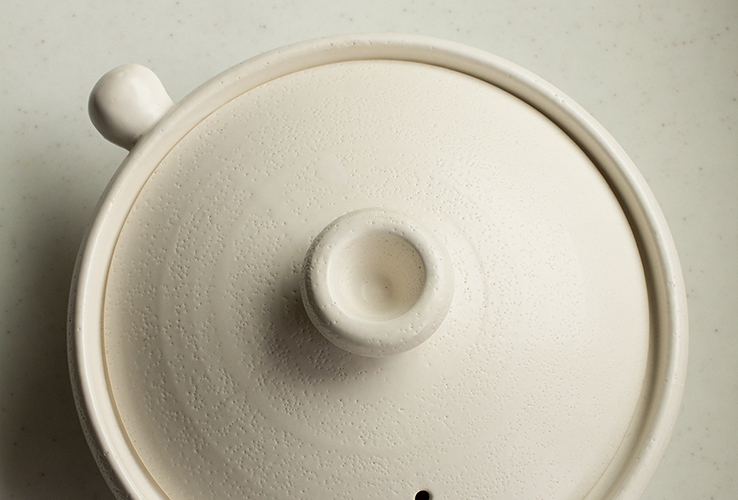
It is said that Banko-yaki started to be manufactured around the Edo Period.
The term of ‘banko-yaki’ was added by a merchant called Nunami Rouzan, which stands for ‘eternity & consistancy’.
It is considered as a traditional craft product for representating local industry in Yokkaichi, Mie Prefecture.
Tea pots and donabe are famous since they have an excellent heat resistant.
In the recent years, Banko-yaki have gained a popularity with 70%-80% products of Banko-yaki donabe are commercially available in the country.
It seems to be popular also because the factor that the user doesn’t really worry about odour-transfer since the Banko-yaki donabe has a fine clay texture.
Characteristics of Banko-yaki Donabe
Since banko-yaki donabe is designated as traditional craft of the country, there’s no doubt in its credibility.
By also using natural mineral called petalite, it has quite a higher strength among the other donabe products.
-
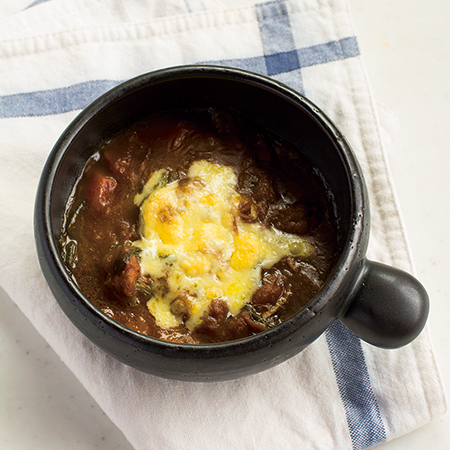
● It’s safe to cook a dish with strong smell with Banko-yaki Donabe
Because banko-yaki uses a fine soil, you don’t need to worry about odour transfer in the donabe, even with strong smelled dishes like kimchi. You can enjoy various dishes at ease.
-
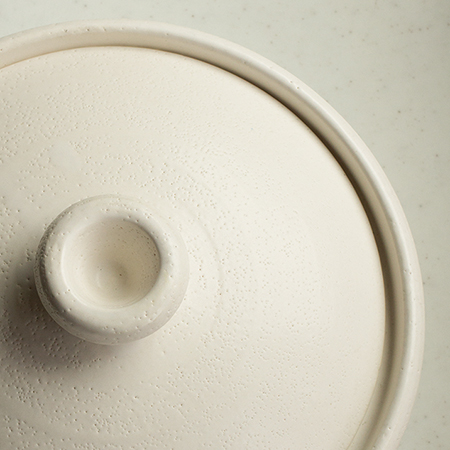
● Banko-yaki donabe has a good anti water leakage
Compared to other donabe, such as iga-yaki donabe, banko-yaki donabe is good at preventing water leakage, so you don’t have to worry about the water leakage. Also, it won’t take a long time to do the medome method as well. You can say that it’s really easy to take care of it.
-
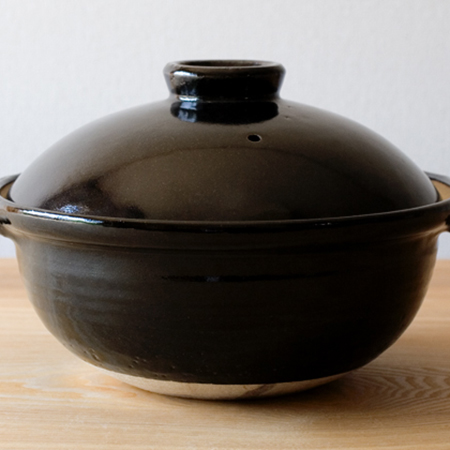
● Banko-yaki donabe is an attractive pot with reasonable price
Since the domestic production volume is high, you can find a lot of banko-yaki donabe on the market, so it is sold in relatively reasonable price range. It has a simple design and you can enjoy various dishes with it.
-
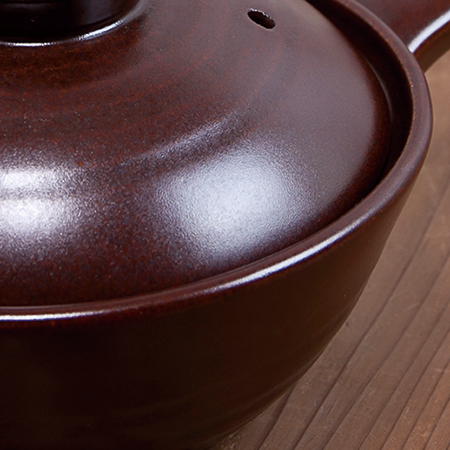
● The more you use it, the more beautiful it’s become
In addition to washing with detergent after use, polishing it with used tea leaves will increase the gloss and makes it become more and more beautiful. It’s a special charm of banko-yaki donabe.
What is the Far Infrared Effect?
Far-infrared rays have long wavelengths of infrared radiation that can’t be seen by the eyes.
Although we can’t see it, the far infrared has special characteristics that warming up and heating up the substances.
The donabe has characteristics to emit the far infrared rays.
Far-infrared rays radiating from the donabe, makes it able to thoroughly heat the whole ingredients to the core.
This far infrared effect makes it possible to enjoy delicious dishes which can’t be tasted when you’re using aluminum pan or stainless-steel pot.
Types of Banko-yaki Donabe
Compared with iga-yaki donabe, banko-yaki donabe has a relatively simple and refreshing design.
Rather than traditional earthenware pot,
it has more of modern atmosphere.
We will show you the recommended banko-yaki donabe in this section.

- TOJIKI TONYA
Banko-yaki Donabe (IH-Compatible) - This is a IH-compatible banko-yaki donabe that applied special processing to the bottom of the donabe so you can enjoy hotpot dishes with your friends, up to 3 to 4 people. This banko-yaki donabe has a very excellent heat-resistance and perfect durability.
- Size : 8 Gou (1440cc)/9 Gou (1620cc)
Colour : White/Black - TOJIKI TONYA IH-Compatible Banko-yaki Donabe Size 8 Gou
- TOJIKI TONYA IH-Compatible Banko-yaki Donabe Size 9 Gou
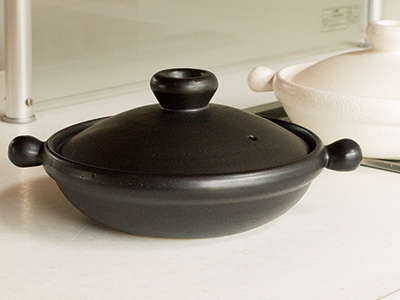
- TOJIKI TONYA
Heat Resistant Kobushi Banko-yaki Donabe - This is a banko-yaki donabe with capacity of 4 people to enjoy hotpot dishes together. It’s a heat-resistant series with handy gripe so you can cook easier.
- Size : No. 7/No. 9
Colour : White/Black - TOJIKI TONYA Heat Resistant Kobushi Banko-yaki Donabe No. 7
- TOJIKI TONYA Heat Resistant Kobushi Banko-yaki Donabe No. 9
CLick Here to See Our Recommendation Product for Donabe

